We can’t solar panel our way out of climate change: energy demand must fall as well. And especially in the winter, when less solar energy is available! This alone is reason to construct energy-efficient buildings that need little energy for heating, and retro-fit those already built. NZ grid emissions, predicted to 2050 Our grid’s carbon emissions are expected to drop, …
Barriers to Passive House and how to solve them
RNZ presenter Kathryn Ryan asked some very good questions in a recent interview about whether all new social housing in New Zealand should be built to the Passive House standard. Here are some clear answers. Q. What is involved in getting Passive House certification? A building gets certified as a Passive House if it meets specific performance targets. It can …
Cooking with gas is like idling a car in your kitchen
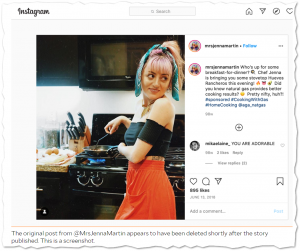
This story about the American Gas Association promoting gas cooking via Instagram influencers makes me cringe. “Every time you ignite a gas stove, you’re filling your home with many of the same pollutants in exhaust from cars—carbon monoxide, nitrogen oxides, particulate matter, and formaldehyde, which are all associated with a range of chronic health problems like respiratory problems and cardiovascular …
Yes! MBIE action on climate change for building sector
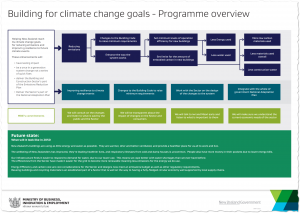
Finally, it’s been published. This company has been working on better buildings to address climate change since 2011 and MBIE’s announcement today is definitely causing celebration in our office. It’s a party to celebrate the beginning of something big: a stepwise improvement in the Building Code to move NZ to nearly zero-carbon buildings. Think Passive House, made with low carbon …
iPHA Passive House tour time!
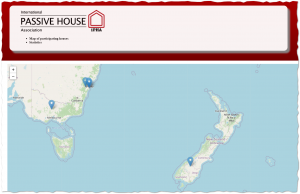
And this year it is virtual. OK, it’s not the same as getting our grubby fingers on everything but there are significant benefits to seeing inside Passive Houses around the world from the comfort of our living room. Good work on getting a range of videos shot in time; the quality (particularly sound) varies but all of them provide insights, …
Welcome media attention on improving NZ homes
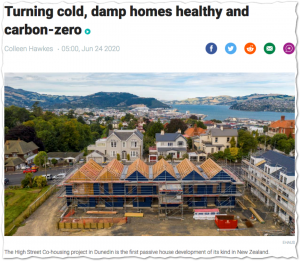
Stuff ran an impressively long and well-researched story on Passive House and the need for net-zero buildings this week; it’s well worth a read in its entirety and a plug on your social media feed. Good to see the Dunedin co-housing build steadily progressing; wouldn’t it be great if all new homeowners could enjoy living somewhere that functioned as well as …
Choose gas for cooking? Please don’t.
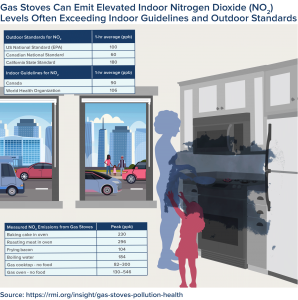
I recommend against combustion devices in homes—all of them. Using gas to cook is particularly bad, with health impacts related to the indoor air pollution it causes. (American think tank RMI calls it a hidden health crisis). If a client specifies a gas hob, first I attempt to talk them out of it. After all, top chefs as Neil Perry, …
Calculating embodied carbon: live presentation at the NAPHA virtual conference
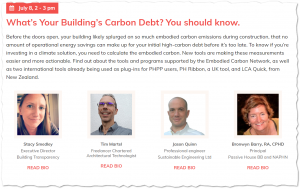
The North American Passive House Network is hosting a virtual conference next month. The tickets are cheaper and you save all those carbon emissions by not flying. Hopefully, you bought your Earlybird ticket already. Sustainable Engineering Director, Jason Quinn is part of the panel discussing “What’s Your Building’s Carbon Debt? You should know.” He and we got lucky, the session …
Reality check: PHPP accuracy in the real world
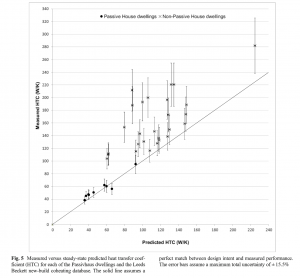
I’m sometime asked just how accurate PHPP’s models are. This great paper quantifies it. “Are the energy savings of the passive house standard reliable? A review of the as-built thermal and space heating performance of passive house dwellings from 1990 to 2018.” David Johnston, Mark Siddall, Oliver Ottinger, Soeren Peper and Wolfgang Feist When measured in the real world, the …
